- Have any questions?
- +86-189 8930 5995
- sales@mosinterchem.com.cn
Samarium CAS 7440-19-9
- Home
- Rare Earth And Rare Metals
- Samarium CAS 7440-19-9

Cyclohexyl Chloride CAS 542-18-7
24/12/2018
YTTRIUM CAS 7440-65-5
24/12/2018| Model: | MOS 7440-19-9 |
| Place of Origin: | Sichuan,China (Mainland) |
| Brand Name: | MOSINTER |
| Density: | 7.47 g/mL at 25 °C(lit.) |
| CAS: | 7440-19-9 |
| Appearance: | Silver metal |
| Molecular weight: | 150.36 |
| Molecular Formula: | Sm |
| Heat of fusion: | 8.62 kJ/mol |
| Boiling point: | 1794 °C |
| Melting point: | 1074 °C |
| Alias: | SAMARIUM ATOMIC ABSORPTION
STANDARD SOLUTION; |
Samarium CAS: 7440-19-9
| Main Component: Sm/TREO≥99.9% | |
| RE Impurities REO PPM(MAX) | Non—RE Impurities PPM(MAX) |
| La 0.0015 | S 0.025 |
| Ce ——- | O 0.02 |
| Pr 0.0005 | C 0.010 |
| Nd 0.0005 | B 0.0005 |
| Eu 0.0005 | Fe 0.05 |
| Gd 0.0005 | Ta 0.0005 |
| Tb 0.0005 | Ca 0.015 |
| Dy 0.0005 | Si 0.020 |
| Ho —— | Cr 0.05 |
| Er —— | Mg 0.015 |
| Tm —— | Al 0.010 |
| Yb —— | Cl 0.010 |
| Lu —— | |
| Y 0.0010 | TREM 99.5% |
Samarium is a chemical element with symbol Sm and atomic number 62. It is a moderately
hard silvery metal that readily oxidizes in air. Being a typical member of the lanthanide series,
samarium usually assumes the oxidation state +3. Compounds of samarium(II) are also known,
most notably themonoxide SmO, monochalcogenides SmS, SmSe and SmTe, as well as samarium(II)
iodide. The last compound is a common reducing agent in chemical synthesis. Samarium has no
significant biological role and is only slightly toxic.
Samarium was discovered in 1879 by the French chemist Paul Émile Lecoq de Boisbaudran and
named after the mineral samarskite from which it was isolated. The mineral itself was earlier named
after a Russian mine official, Colonel Vasili Samarsky-Bykhovets, who thereby became the first person
to have a chemical element named after him, albeit indirectly. Although classified as a rare earth element,
samarium is the 40th most abundant element in the Earth’s crust and is more common than such metals as
tin. Samarium occurs with concentration up to 2.8% in several minerals including cerite,gadolinite,
samarskite, monazite and bastnäsite, the last two being the most common commercial sources of the
element. These minerals are mostly found in China, the United States, Brazil, India, Sri Lanka and Australia;
China is by far the world leader in samarium mining and production.
Applications
Barbier reaction using SmI2
One of the most important applications of samarium is in samarium-cobalt magnets, which have a nominal
composition of SmCo5 or Sm2Co17. They have high permanent magnetization, which is about 10,000 times
that of iron and is second only to that of neodymium magnets. However, samarium-based magnets have higher
resistance to demagnetization, as they are stable to temperatures above 700 °C (cf. 300–400 °C for neodymium
magnets). These magnets are found in small motors, headphones, and high-end magnetic pickups for guitars
and related musical instruments. For example, they are used in the motors of a solar-poweredelectric aircraft,
the Solar Challenger, and in the Samarium Cobalt Noiseless electric guitar and bass pickups.
Another important application of samarium and its compounds is as catalyst and chemical reagent. Samarium
catalysts assist decomposition of plastics, dechlorination of pollutants such as polychlorinated biphenyls (PCBs),
as well as the dehydration and dehydrogenation of ethanol. Samarium(III) triflate(Sm(OTf)3, that is
Sm(CF3SO3)3), is one of the most efficient Lewis acid catalysts for a halogen-promoted Friedel–Crafts reaction
with alkenes.Samarium(II) iodide is a very common reducing and coupling agent in organic synthesis, for example
in the desulfonylation reactions; annulation; Danishefsky,Kuwajima, Mukaiyama and Holton Taxol total syntheses;
strychnine total synthesis; Barbier reaction and other reductions with samarium(II) iodide.
In its usual oxidized form, samarium is added to ceramics and glasses where it increases absorption of infrared
light. As a (minor) part of mischmetal, samarium is found in “flint” ignition device of many lighters and torches.
You must be logged in to post a review.

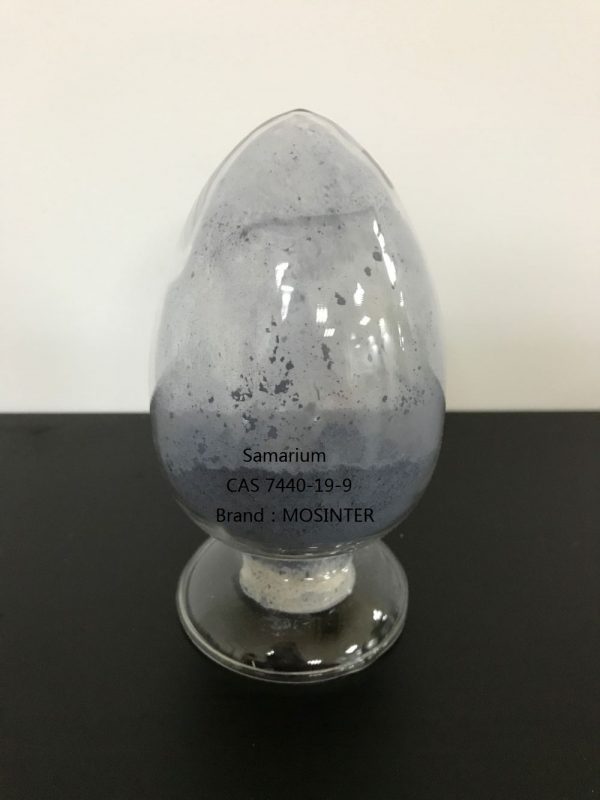
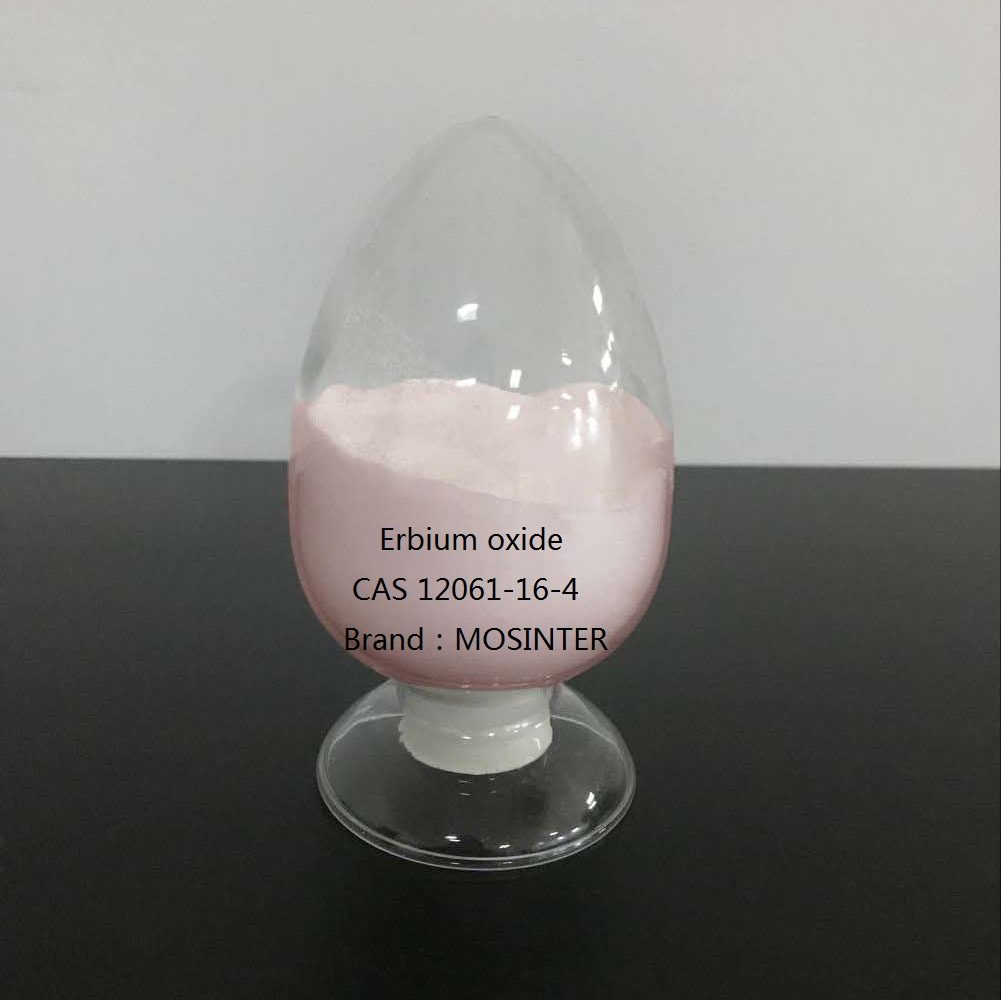
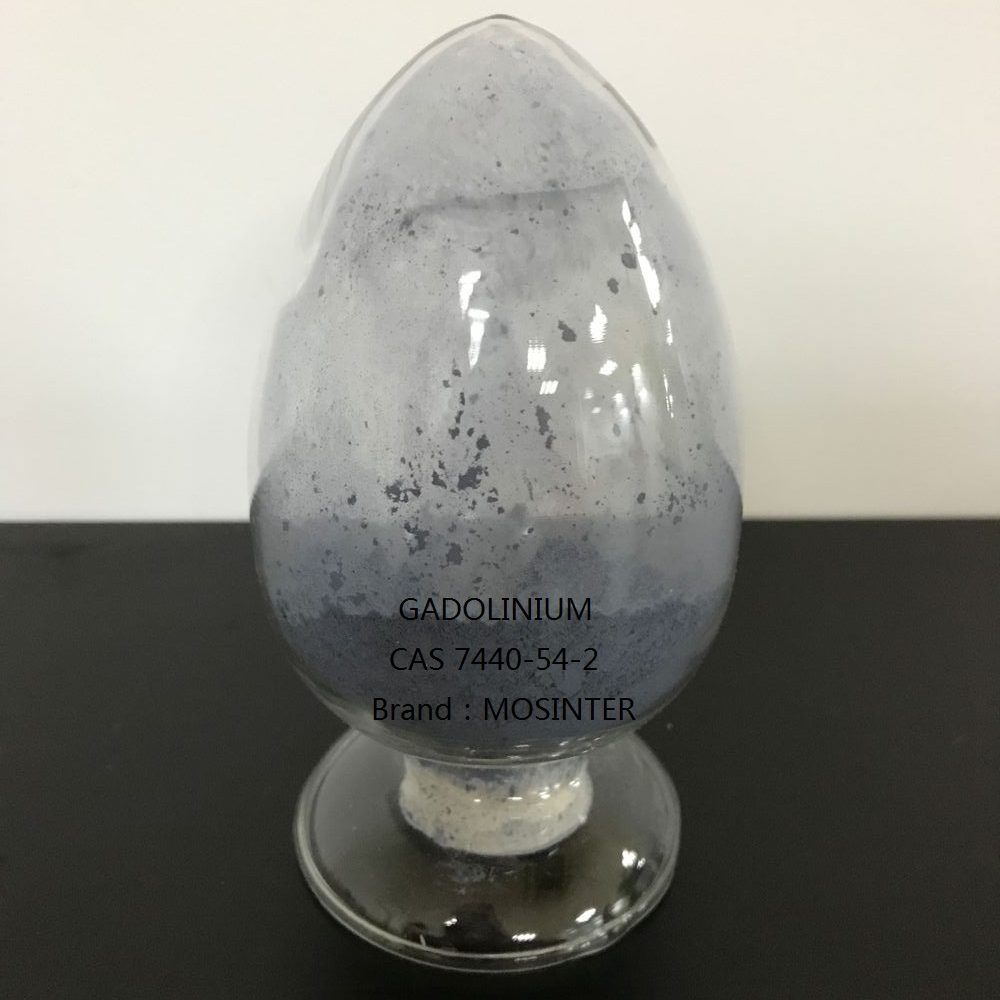
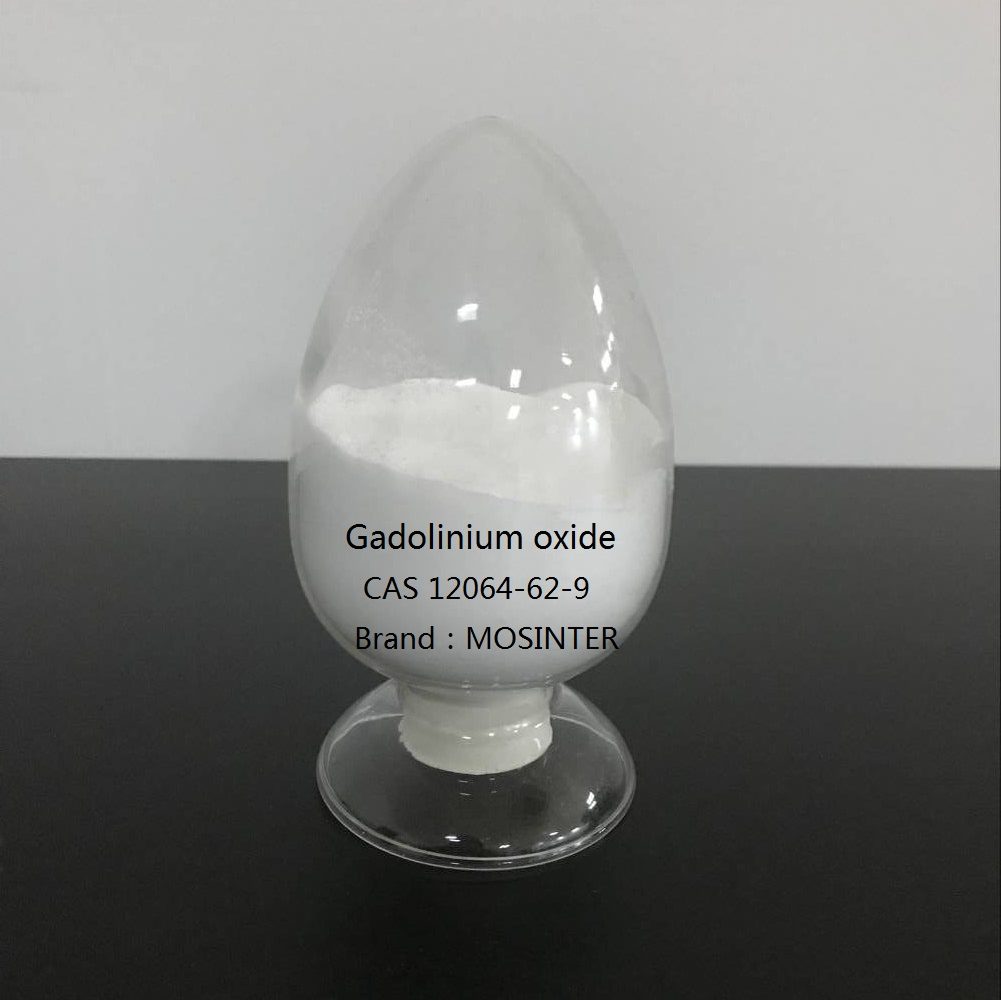
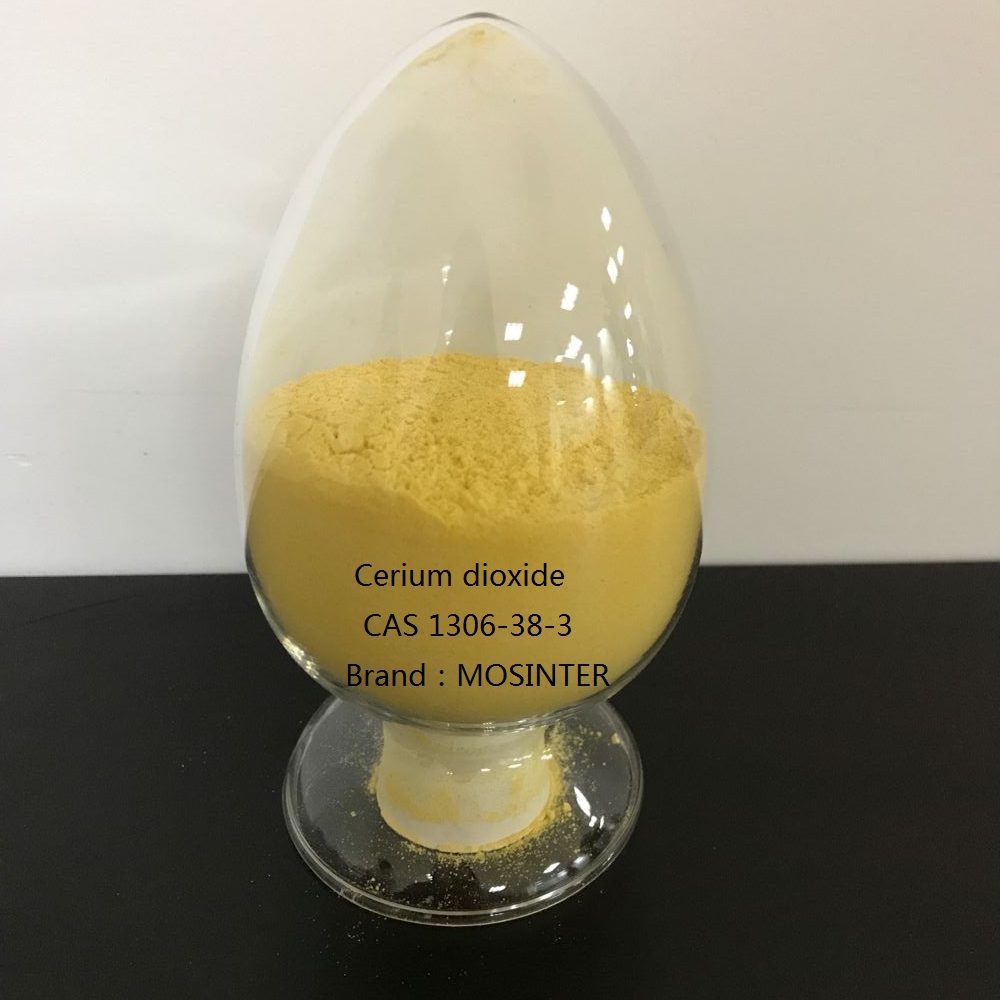
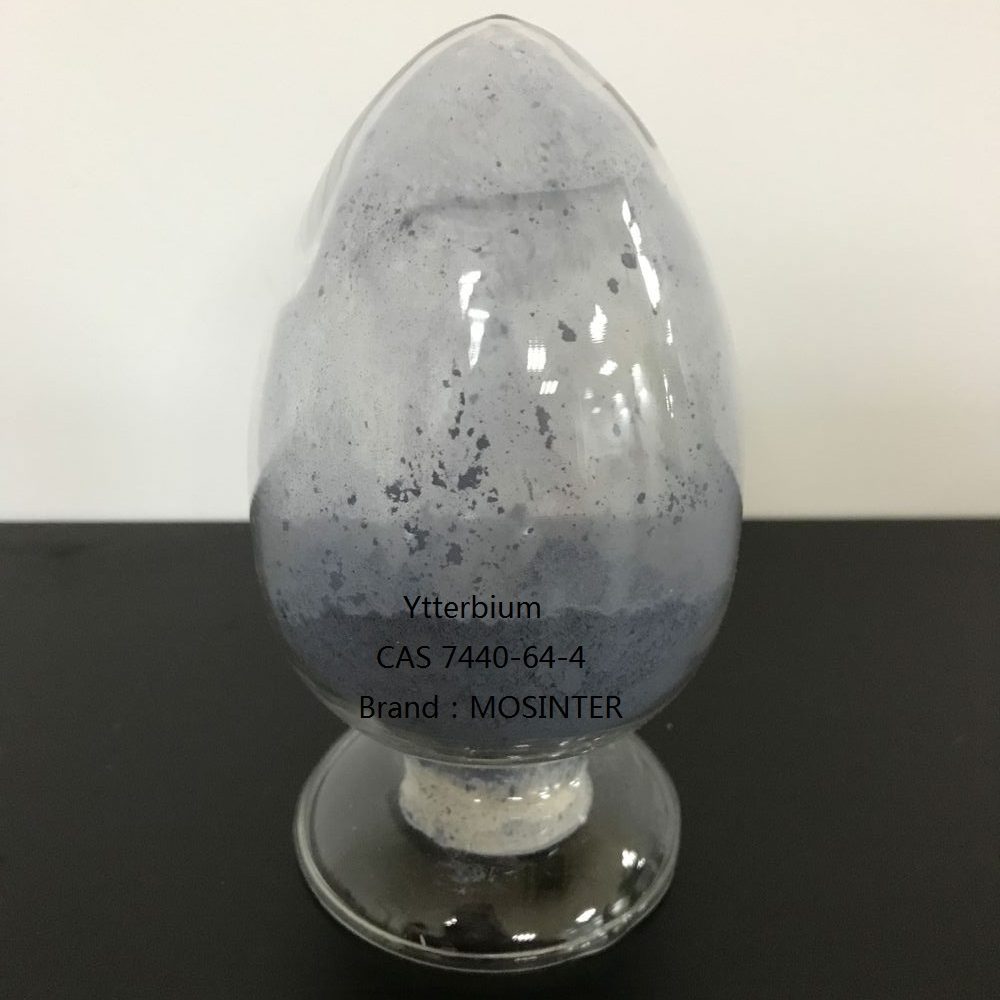
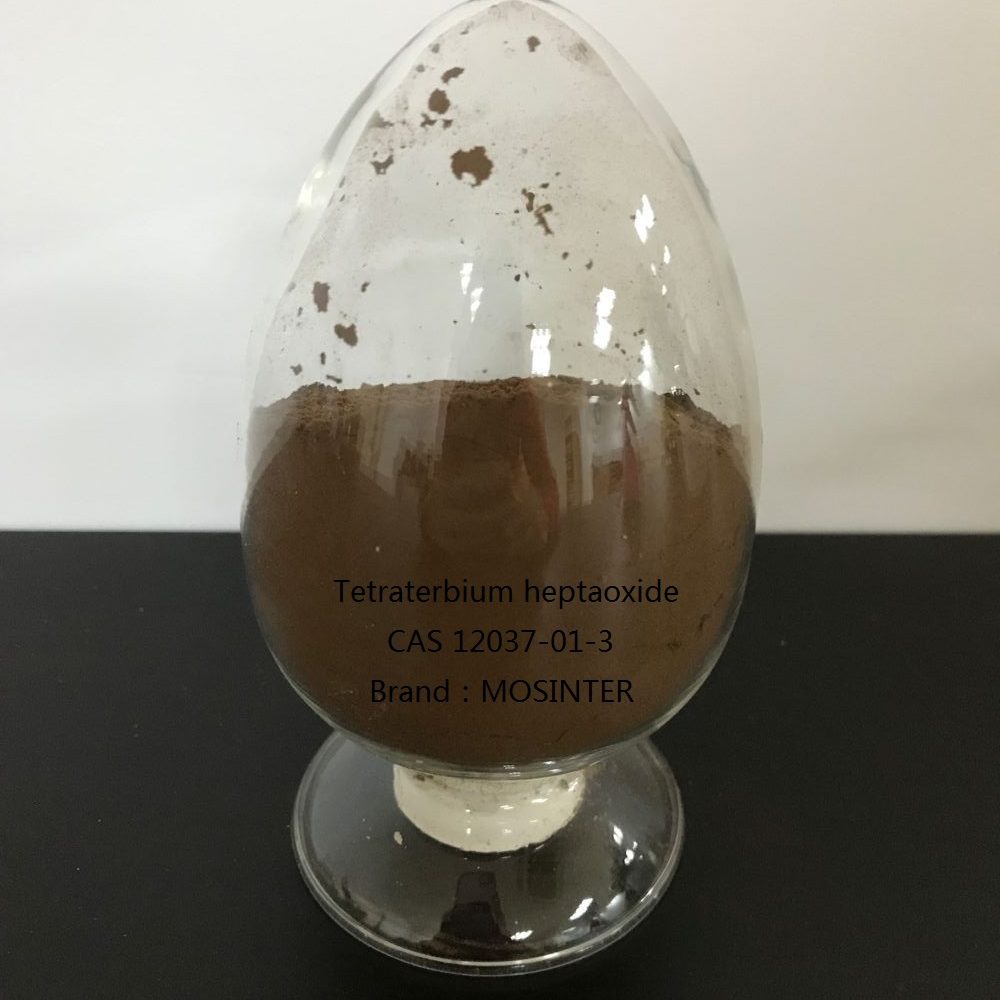
Reviews
There are no reviews yet.